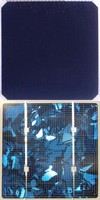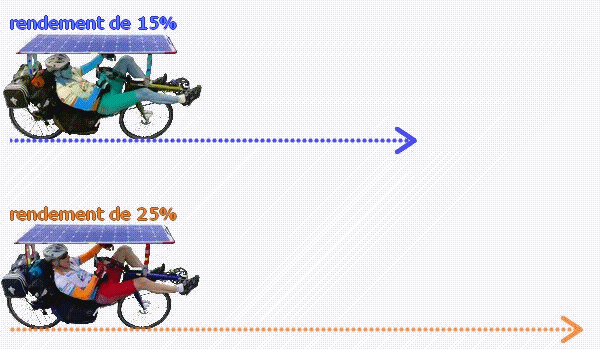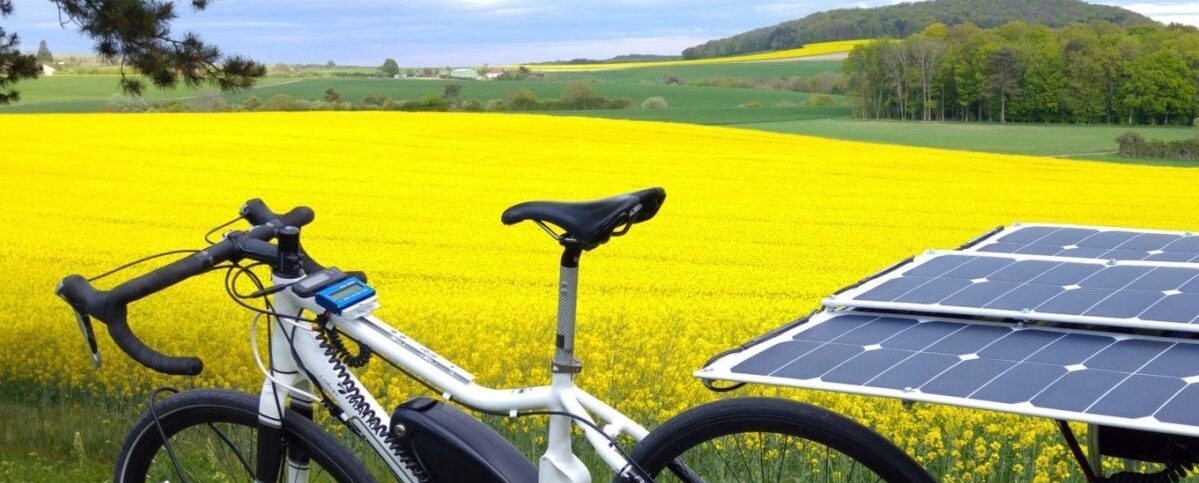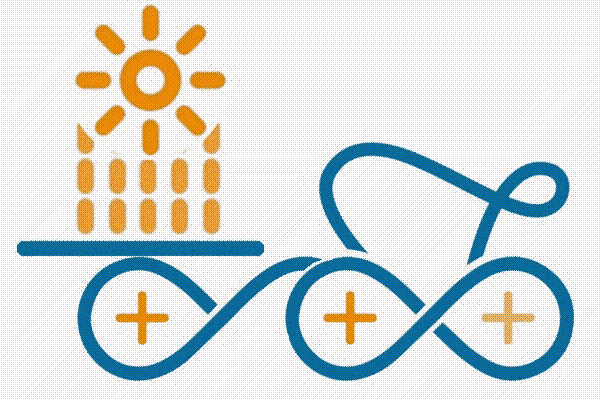This article tries to shed some light on the reader on an important element for the choice of its solar panels: their performance.
For any proposal for enrichment or correction, write to
What is the efficiency of a photovoltaic cell?
This is the ratio between the amount of electrical energy obtained by converting the light energy and the amount of solar energy received by a cell.
What is the yield of the cells available on the market?
 When I first searched for panels, I read that the yield of this monocrystalline silicon cell was 15%, another 20% and some 22% (in 2017). Today in 2019, the best reaches 25%. Unfortunately, this feature is often absent from the panel specifications.
When I first searched for panels, I read that the yield of this monocrystalline silicon cell was 15%, another 20% and some 22% (in 2017). Today in 2019, the best reaches 25%. Unfortunately, this feature is often absent from the panel specifications.
Questioned by phone, a manufacturer had replied to me: “my company, like many others, is sourcing from a fluctuating international market, we buy lots of good quality but without performance specification. By the way, every delivery, the country of manufacture is different! In this context, how to indicate a reliable data? ”
What’s the difference for the solar cyclist?
With an equal Panel surface, a solar cyclist with high-efficiency cells (25%) will have 66% more energy than a cyclist with low-yielding cells (15%). The first one will be able to drive faster or longer, farther… or make less effort, according to his choice!
 This animation illustrates the impact for the solar cyclist of these differences in performance, it does not have the ambition to have a scientific rigor…
This animation illustrates the impact for the solar cyclist of these differences in performance, it does not have the ambition to have a scientific rigor…
Of course, the solar cyclist can compensate for low performance by increasing the surface of panels. But he knows that this will increase the dimensions of his vehicle, make it heavier, less easy to maneuver…
Yields according to different technologies
With monocrystalline silicon cells, in 2019, the yield reached 25% with the “back contact” technology, in the best panels. With polycrystalline silicon, researchers have succeeded in aachieving a record yield of 22,3%, but this technology is not marketed today (learn more…).
Performance above 30%?
In 2016, German researchers achieved a record performance of 33.3% with a cell called “multi-junction” (learn more…). But beware, you will not find it on the Internet, this technology is dedicated to space applications!
And in the United States, in Colorado, yields of 40.8% are displayed! It makes you dream…. but when will these technologies be available to the general public?
How to choose?
 The solar cyclist is therefore tempted to acquire the cells with “high efficiency”. And why not the best of the moment?
The solar cyclist is therefore tempted to acquire the cells with “high efficiency”. And why not the best of the moment?
Then the question of the budget arises! As you will have guessed, the higher the performance, the higher the cost. Unless you have a very generous budget or partners, the solar bike Designer will have to make choices, and most often, compromises!
Each one must first identify its needs, define its priorities in order to determine the optimal solution for its project. He will be able to equip himself with full knowledge of the cause.
Views: 186

